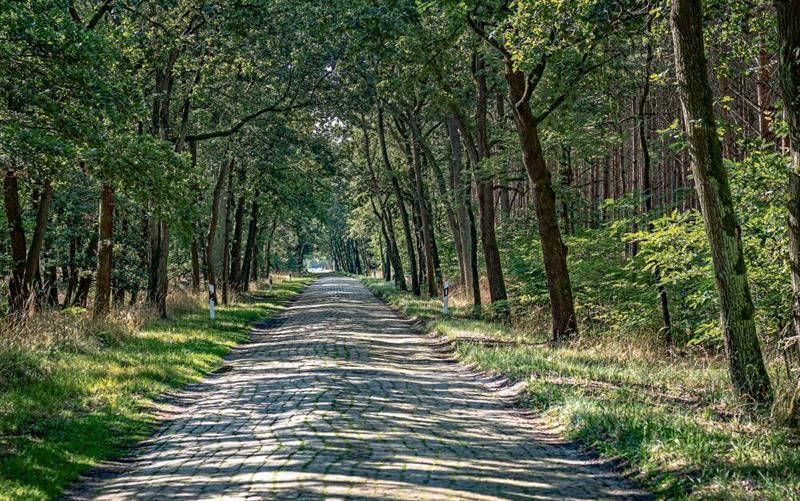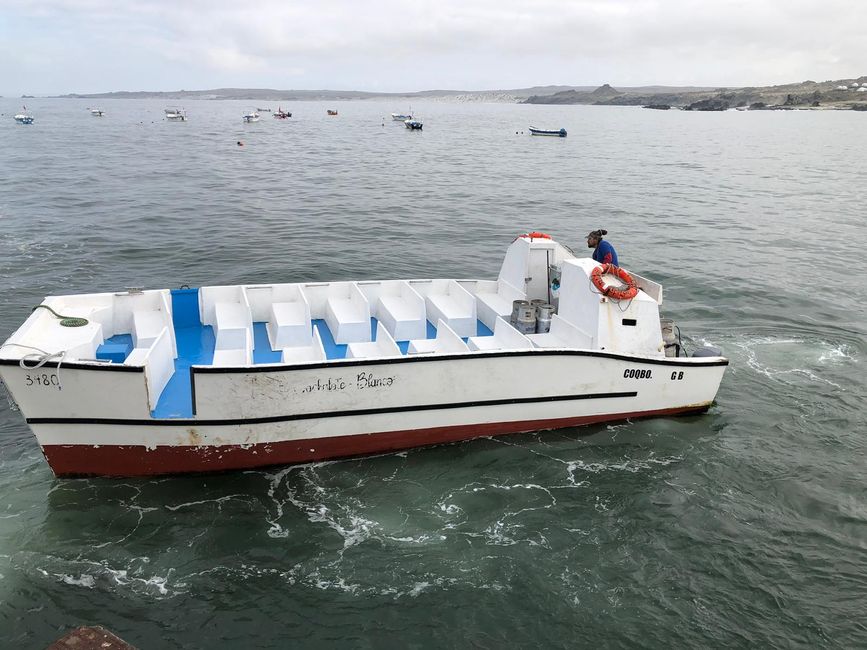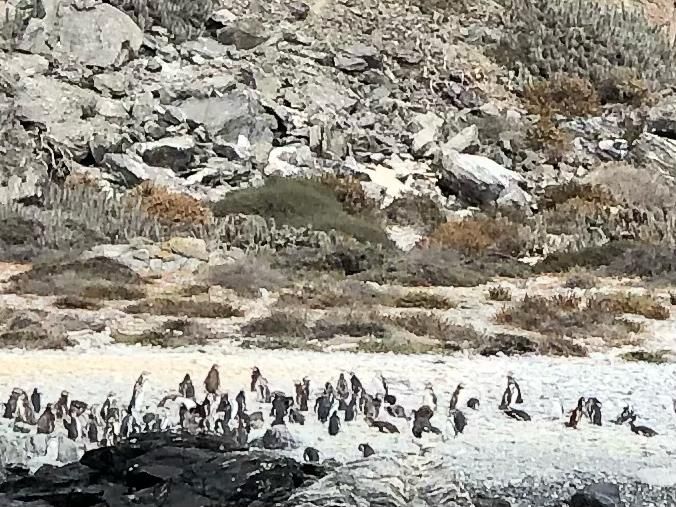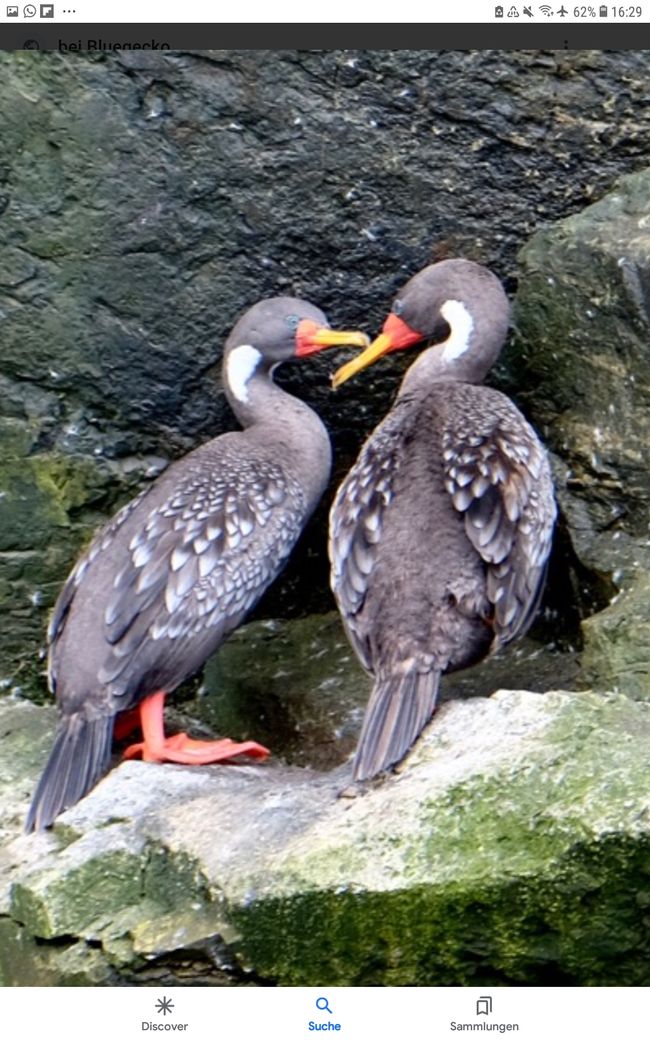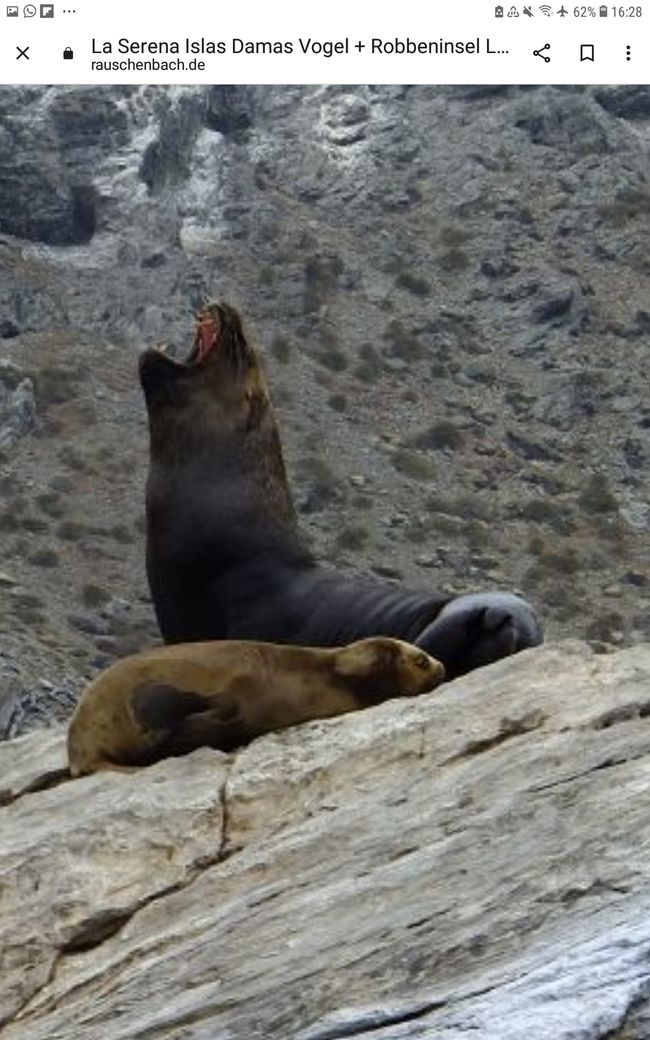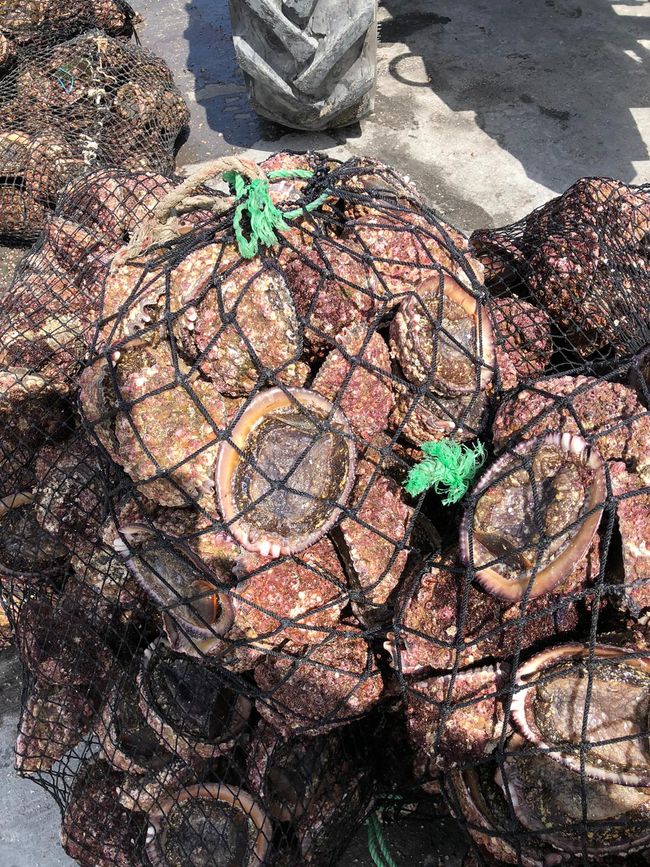LA SERENA 01/31/2023
Avaldatud: 06.02.2023
This tour we were picked up right on time, first us and then the other participants. Of the ten participants, two spoke Spanish and the others spoke German! We went to 'Reserva Nacional Pingüino de Humboldt, Isla Damas and Isla Choros. Isla Damas can be visited for one hour (entrance fee required). But only a maximum of 700 tourists are allowed to enter the island, and those who arrive late stay on the boats. Isla Choros is generally off-limits to visitors. The tour office told us in advance that due to bird flu, no island can be visited at the moment. So the boats go around both islands and show the animals from there, hoping to find unusual animals in the sea (dolphins, whales, etc.).
But first, we had an hour-long bus ride to Punta de Choros. Right after Serena, we went up the mountains, crossing like when sailing. A well-built road, but necessary! In the morning hours, there is often such dense fog that you can't see the shoulders of the road. The road surfaces are additionally marked with reflecting triangles! This is due to the close proximity of the high mountains to the sea, where all temperature-related evaporation clouds accumulate. The guide, who was also the driver, had a name for it, but... Before our final destination, the bus stopped for a restroom break at a restaurant. Here we were also asked about our food preferences (included). It all sounded good, and we decided on fried fish. On to Punta de Choros. In this former collection of the smallest accommodations for the fishermen, we experienced the usual situation again: bus parking lots, camping possibilities in white balloon houses, sales stands, small snack bars. In between, the fishermen who really go out to fish, or rather dive. This is where you catch shellfish (the best place in all of Chile), not with nets, but the fishermen dive with a special tool, which they use under a hand-sized shell to then detach it with a jerk. If all of this doesn't happen quickly enough, the strength is not enough to bring the catch to the surface. It is impressive that some of the fishermen are alone in their approximately 5-meter-long boats. The diving process (with wetsuits) is done either with bottles or with an oxygen tube or even anaerobically. The catch is said to only be up to 12m deep here, whereas in the south, the divers go down to 30m. There are said to be many accidents there!
So you can better understand why many fishermen prefer to take care of the tourists. We were assigned a guide who welcomed us at the beginning of the harbor pier. Everyone had to put on a life jacket, and safety instructions were given for boarding and behavior on the boat. It was a kind of catamaran, which had room for about 30 people. We all marveled at how many attempts the boat captain needed to get close to the pier. The sea didn't seem very rough, but the opening for boarding rose and fell quite violently. The basic rule was never to have one foot on land and one foot on the boat. But with two men as helpers and the two big Yamaha engines on the boat, we all managed the tricky situation. Anyone who has ever boarded or disembarked off Helgoland knows what we're talking about here! Then followed a two-hour boat trip around the offshore islands (5.6 km to Isla Damas). It was like a tour in a game park, only with free-roaming animals. Our boat circled around a large sea lion colony, many groups of Humboldt penguins, and huge flocks of cormorants, boobies, and seagulls. Everyone had their phones and cameras ready, mostly sitting because standing was not possible without significant swaying. The guide explained in Spanish and English what we were seeing. The rugged rock formations, which served as habitats for the different groups of animals, appeared uninhabitable and forbidding. How can a sea lion climb such steep ascents without falling down? How can cormorants stick their nests to almost vertical cliffs so densely with their own droppings? And how can the penguins, who look so clumsy, climb the steep trails from the water up to the plateau? Each species had millions of years to adapt in order to survive. Only we humans do it the other way around?! Humboldt would have had a real joy with my thoughts!
Disembarking was also smooth, and our guide took our life jackets to pass them on to the next group of excursionists. After half an hour towards La Serena, the bus stopped at the restaurant, and we got our three-course meal. Again, the small spicy dips beforehand, then I had a salad, then deliciously firm fried fish (reineta?) with potatoes and bowls of tomatoes and cucumbers, along with a complimentary drink (beer, wine, juice, cola, Fanta, etc.), then a small ice cream, and coffee or tea for self-service. We had not expected any of this at all. And as one of the first groups, we were quickly served. If we were to subtract our normal average food bill from the tour price, this outing would have been a bargain! And I was able to ask my question about the peeled tomatoes. I don't mean peeled like with hot water like we do. Here, you cut off the peels, like with an apple. This requires sharp knives, but it is apparently advisable because of the careless use of spray and fertilizer. We already knew why we hadn't ordered salmon, which is offered on almost all menus, because it is also farmed in Chile.
Back in La Serena, we arrived at the hotel around 6pm and bid farewell to our great tour guide, who is married to a teacher!
Vastus
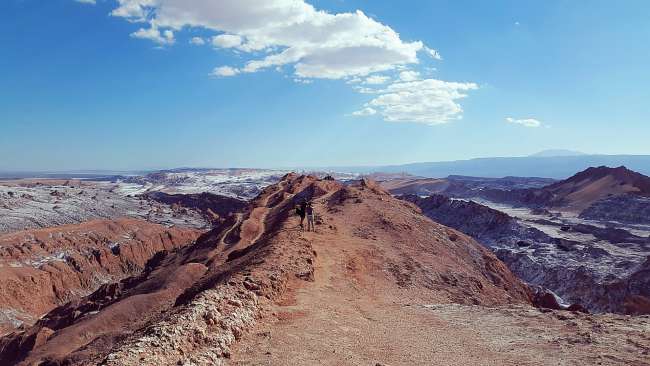
Reisiaruanded Tšiili
